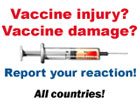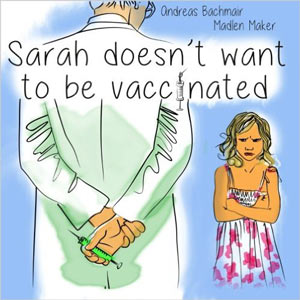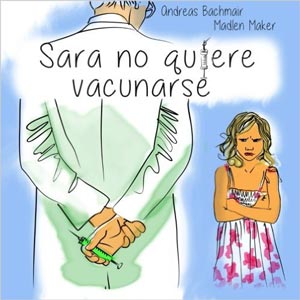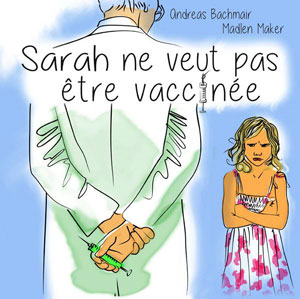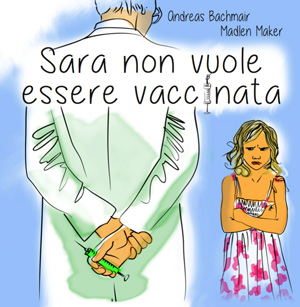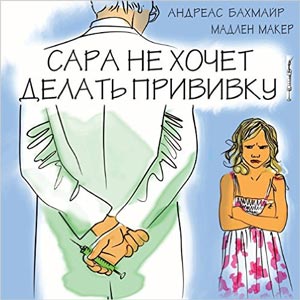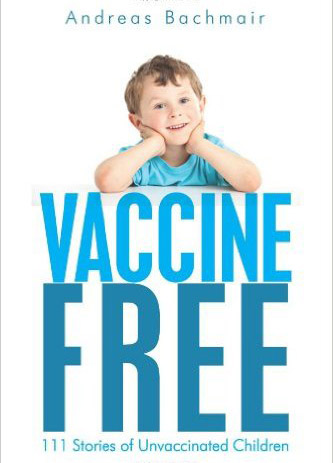German measles vaccination
Vaccination
Rubella virus for vaccinations is bred in the culture of human diploid MRC-5 cells. The viruses are weakened for the vaccination and antibiotics are added . There is an allergic risk as a result of human albumin. The vaccination is generally administrated as MMR vaccination, i.e. additionally for measles and mumps.
Immunity
Due to the introduction of German measles vaccinations the situation for people who have not been vaccinated has deteriorated. As a result of the vaccination the probability has declined to come down with German measles or to boost the acquired protection through further contacts with the virus. Thus young women frequently do not have a sufficient protection against the German measles. If there is a pregnancy there is a great danger of a rubella embryopathy.
The WHO also stated that the disease has been shifted into adulthood as a result of the vaccinations and that rubella embryopathies will increase if vaccination rates do not reach virtually 100%, which of course is impossible.
Before the introduction of the vaccination more than 90% of young people had sufficient immunity against the German measles and this protection was boosted as a result of contact with wild viruses.
According to a study by Miller, immunity after a vaccination is approx. 88% (Miller E, Waight P, Gay N, Ramsay M, Vurdien J, Morgan-Capner P, Hesketh L, Brown D, Tookey P, Peckham C. :The epidemiology of rubella in England and Wales before and after the 1994 measles and rubella vaccination campaign: fourth joint report from the PHLS and the National Congenital Rubella Surveillance Programme.Commun Dis Rep CDR Rev. 1997 Feb 7;7(2):R26-32.) which means that one woman in ten could come down with an infection. Due to the relatively low probability of infection during childhood and an increasing probability of infection during adulthood there are more and more rubella embryopathies in pregnant women.
At the time of puberty young women should be tested for rubella antibodies and if the titre is too low, a vaccination is advisable so that infection does not occur during a potential pregnancy. In order to guarantee that the woman who is to be vaccinated is not pregnant she should be vaccinated during her menstruation.
In the
Side effects, vaccination complications and vaccination damages of rubella vaccination
Fever and headaches can occur in addition to local reactions at the site of injection. Joint and muscle pain as well as inflammation of the joints have also been observed, as have been thrombopenia. Encephalitis, meningitis and Guillain-Barré-Syndrome are rare. It cannot always be stated with certainty which vaccination virus lastly leads to the complications.
Arthritis is a very frequent side effect of the rubella vaccination. It occurs in 1% of children and in more than 10% of adults. Chronic arthritis can develop from acute arthritis. This vaccination is officially recognized as such in the


